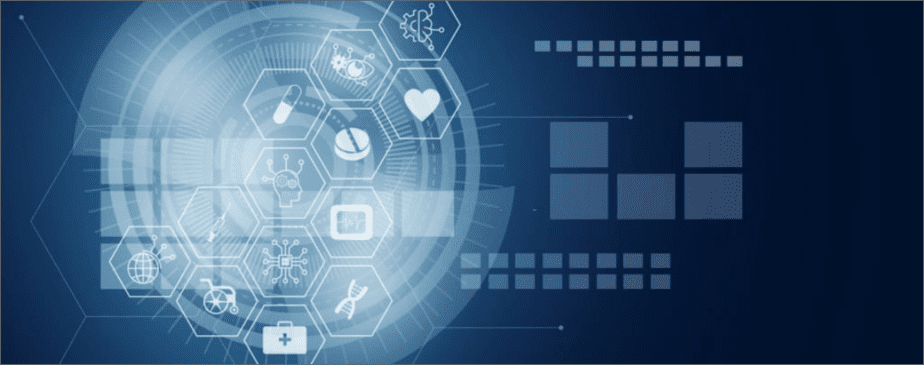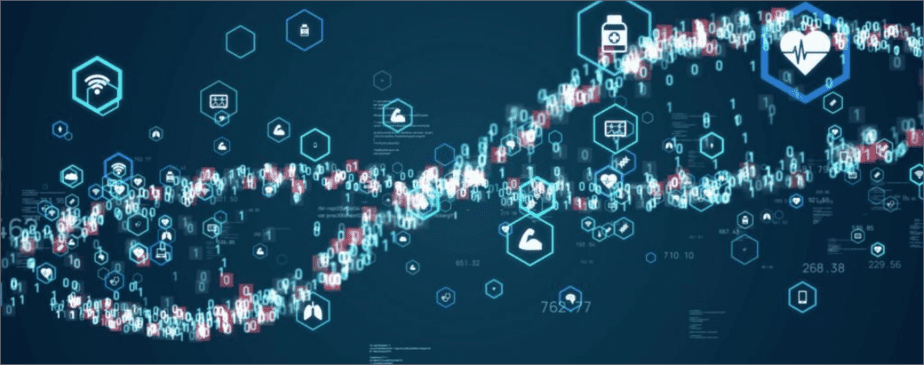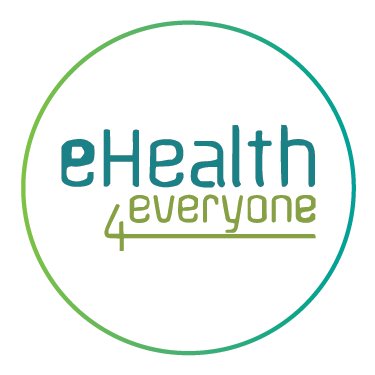The healthcare industry is facing challenges that affect the quality and delivery of services. These challenges include but are not limited to inefficiency and errors in patient-related data management and sharing, inefficient healthcare processes, rising healthcare costs, delayed patient diagnosis and treatment.
In the past, decisions in healthcare such as disease diagnosis and treatment were based on the care provider’s experience. However, in recent times, there have been advancements in the industry relating to digitization and data-driven techniques that led to improvements in patient health outcomes and quality of health care services. In particular, some digital technologies have facilitated healthcare services by generating and collecting massive amounts of data that can be transformed into knowledge to improve patient outcomes and satisfaction. These digital technologies are known as data-driven technologies.
Data-driven Healthcare Technologies
Data-driven technologies use healthcare data and artificial intelligence (e.g machine learning) for health and social care. Some examples of these technologies are electronic medical records, wearable medical devices (which analyse healthcare data to relay insights to health providers for decision-making), health information exchange, artificial intelligence medical tools, cloud and blockchain-based systems.
Data-driven healthcare organisations utilize data and digital technology to improve service delivery and patient outcomes. The main features of data-driven healthcare technologies include the following:
- Collection, analyses and utilization of patient data for health and social care.
- The display of patient profiles containing information such as care provider encounters, administrative claims, and medical prescriptions among others for better insights into a patient’s health status.
- Provision of advanced analytics to examine patients’ profiles and identify gaps in healthcare.
- Real-time access to patient data within healthcare organisations.
Benefits of data-driven healthcare technologies
-
- Better patient documentation: The shift from paper-based record keeping to electronic medical records for the management of patient-related data (such as lab examinations, prescriptions, claims data and encounters) has resulted in better patient documentation through efficient data entry processes, easier access to patient information and improved safety of patient data stored within organisations.
- Improved care coordination and quality: This is possible because various doctors and departments in a hospital are more coordinated and can access and share patient-related information with each other through data-driven technologies such as electronic health records. The coordination of healthcare processes within organisations has led to improved care quality.
- Improved patient satisfaction: Solutions such as cloud-based database systems built with blockchain technology can be utilised for sharing and storing patient records. This has led to quick and complete transfer of data but also eliminated insecurity, thus maintaining the privacy and integrity of patient information within a health care organisation or between organisations. With this solution, healthcare organisations can access patients’ clinical data and treatment history to provide appropriate and prompt care services leading to patient satisfaction.
- Support clinical treatment decisions: Electronic medical records built with a decision support engine help to speed up and automate the process of making clinical decisions related to diagnosis and treatment. Clinicians and other health professionals can utilize this data-driven technology for evidence-based decision-making for patients as opposed to using their experience for instinct-based decision-making.
- Timely healthcare delivery: These technologies eliminate manual data input and storage that would have resulted in a delay in delivering healthcare services to patients. It also enables advanced analytics and aids clinical decision-making with massive amounts of healthcare data.
- Remote patient monitoring: The use of wearable medical devices by patients enables the remote monitoring of patient health and access to their health data. For example, wearable devices for health fitness can be used to track and monitor a patient’s health and fitness status.
- Improved patient outcomes: Data-driven healthcare technologies have the potential to improve individual care, providers’ services and public health, and to advance medical research and innovation. For example, they could help prevent illness by identifying those at higher risk of certain diseases or by enabling earlier diagnoses; empower patients with long-term conditions in self-management, including through self-monitoring; and improve outcomes by personalising, fine-tuning or automating treatment.
Data-driven technologies have solved many challenges that patients and healthcare providers experience in the industry. Therefore, it is necessary for healthcare organisations to utilize these technologies to improve service delivery and patient outcomes.
External Links:
- https://james-wilson.medium.com/5-problems-which-healthcare-technology-can-solve-for-a-healthier-world-4c80e03706ee
- https://www.aidoc.com/blog/data-driven-healthcare/#:~:text=Data%2Ddriven%20healthcare%20can%20be,the%20creation%20of%20this%20data.
- https://online.maryville.edu/blog/data-analytics-in-healthcare/
- https://www.adlittle.com/en/insights/viewpoints/data-driven-healthcare
- https://www.researchgate.net/profile/Hugo-Saner/publication/267734327_Data-driven_healthcare_From_patterns_to_actions/links/54ce87ef0cf298d65661bd21/Data-driven-healthcare-From-patterns-to-actions.pdf




